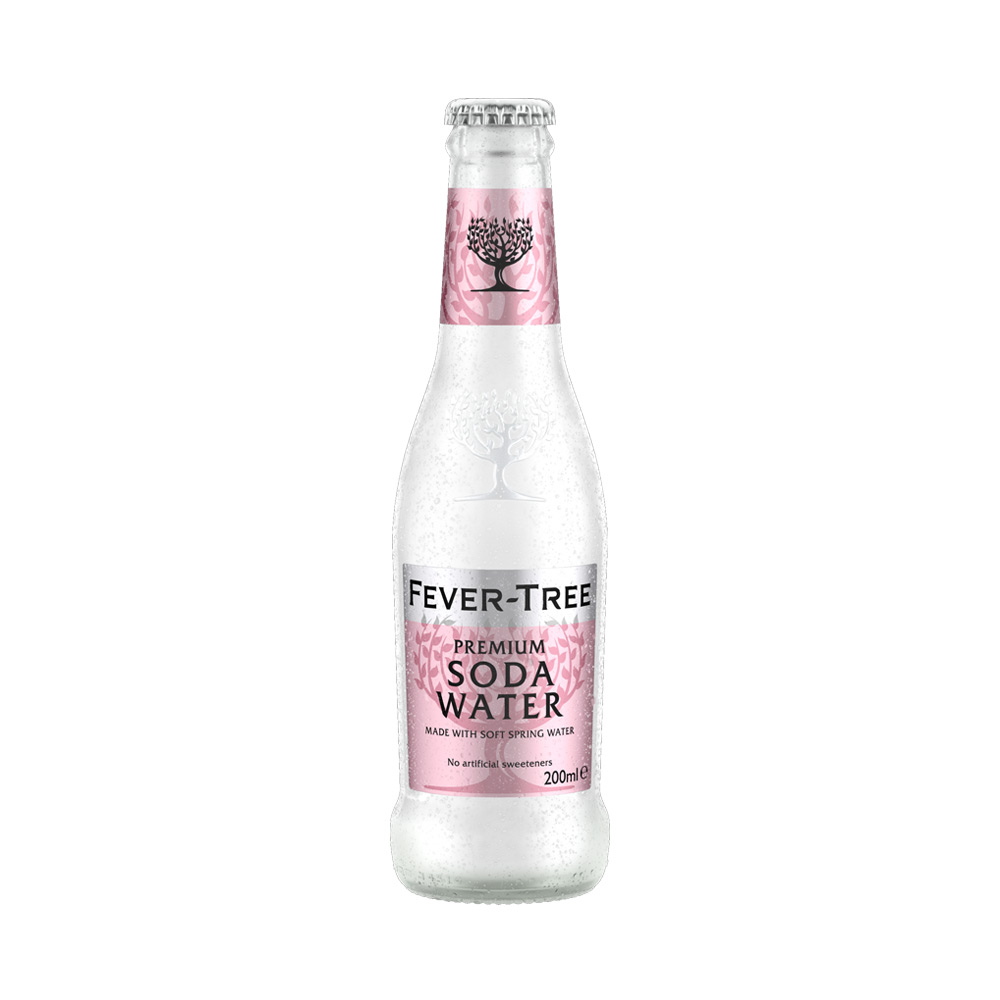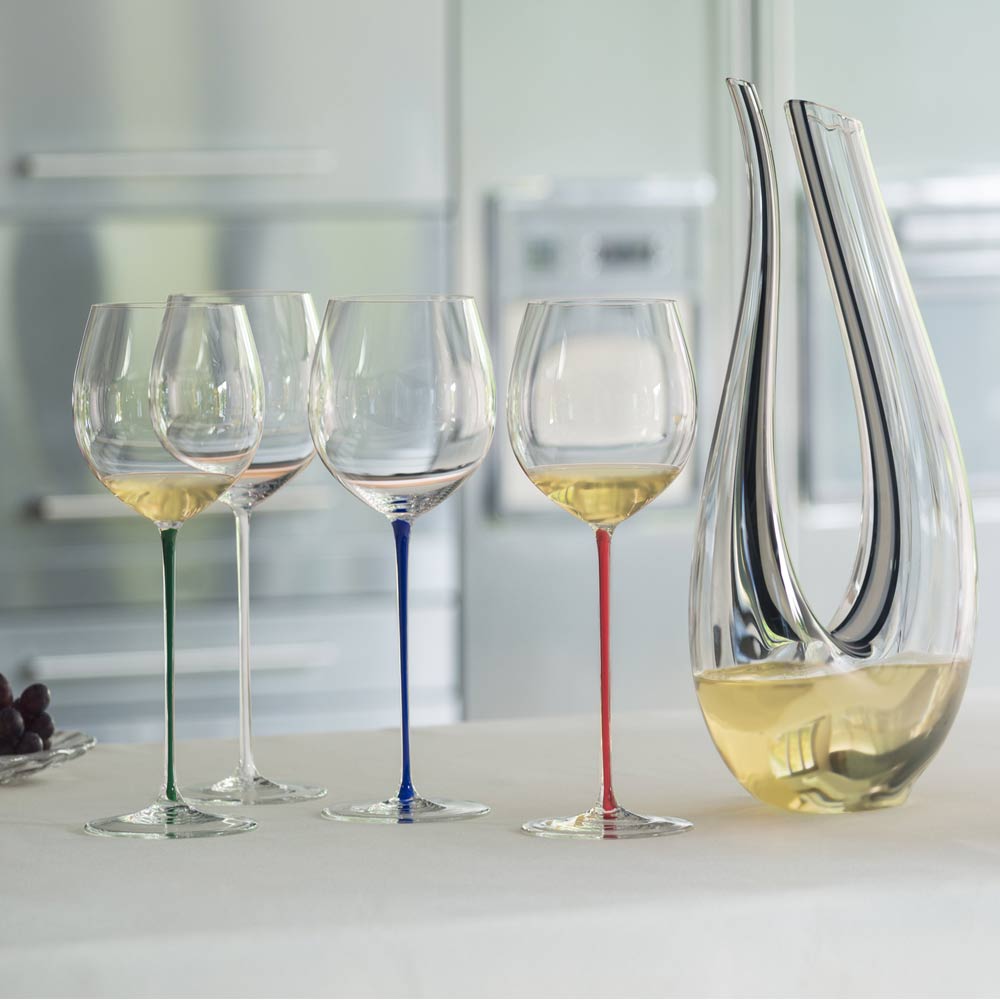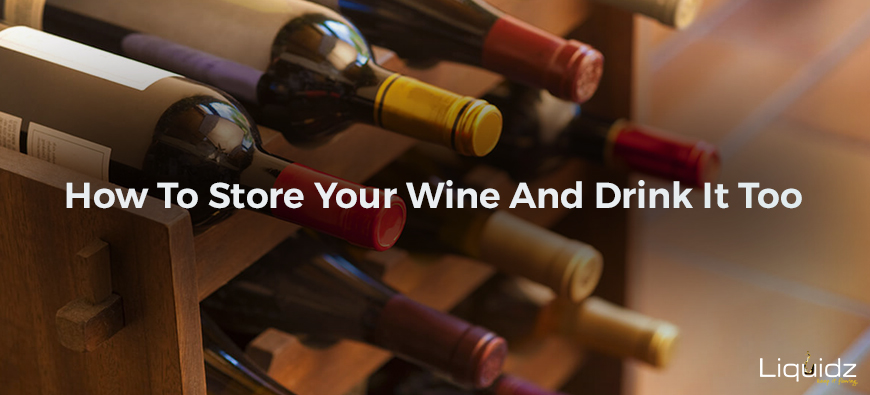The sweltering heat and a lockdown like situation because of COVID-19! Oh, the beaches, the brunches, the sun and the bubbles. We do miss them. Well, we cannot bring you the beach but we can certainly get you some FANTASTIC wine to help you create the right atmosphere at home. Read on to know how you should store it during Hong Kong’s hot and humid summer.
We all love our HomeKong and we have all found our own way to make it through the City’s sweltering summer. From junk boat trips, long hikes, short treks, staycations and visits to surrounding islands- our summers are never dull. One of the activities I enjoyed the most was a long lazy brunch with great food and loads of wine. Sadly, with the current COVID situation and social distancing norms this does not look possible (atleast in the near future)- but I won’t let that stop me and neither should you! We can still enjoy our long brunches (with loads of wine) in the comfort of our home thanks to takeaways and wine delivery options. But once you have the wine delivered at your doorstep, it is important to store it correctly, unless it is meant for immediate consumption. Incorrect storage can significantly alter the taste of even the best wine and make it faulty.
HEAT AND LIGHT
Never store your wines in a spot at your home that gets direct sunlight. The UV rays of the sun can cause the wine to age prematurely. The heat from sunlight can cause the wine to develop unpleasant odour and it will become stale and old before it’s time.
It is for this reason that wine bottles are generally tinted. It is to deflect the light away from the wine bottle and help keep the flavour intact.
Because of the same reason, it is not advisable to store wines in the kitchen. We are all aware of the paucity of space in Hong Kong but storing wines near a gas stove will only cause the heat from all your cooking to alter it’s taste. It is for similar reasons that wine should not be stored on top of the refrigerator as this is one of the most “heat generating” places in your kitchen.
If you are a casual wine drinker who is handpicking wine from the grocery store remember not to leave your wine out in a heated vehicle with other groceries for too long. The heat might not cause as much damage to your groceries as it will to your wine.
It is also important to understand how your seller or re-seller stores wine. Do they store wine in a room that has a fan or has air conditioning? Have they let the wine boxes stay out in the sunlight too long before taking them in? Avoid wine retailers who place bottles of wine for display in direct sunlight (unless you know that you are not being sold one of those bottles). These are important factors to consider if you are buying a good quality wine for long-term storage.
PLACING THE WINE BOTTLE IN THE REFRIGERATOR
Wine that its sealed with a cork should always be stored on the side so that the wine stays in contact with the cork. This is done to avoid the cork from drying out and letting air in. If your stored wine comes in contact with ‘air’ it will get oxidised and the flavour will be altered completely. Wine bottles with screwcaps can be stored straight. This might be an important consideration if you are short of space and are looking to buy a wine for medium to long term storage.
TEMPERATURE FLUCTUATIONS
If you intend to store your wine for long-term, ensure that the temperature is neither too warm nor too cold. The ideal temperature for storing wine is between 10-15 degrees celsius. Extremes of heat or cold can cause damage. The dryness in a refrigerator can dry out the wine cork and cause the wine to get oxidised.
The temperature is not only important while storing wines but equally important while serving wines.
Medium to full bodied red wines such as (Rioja, Chateauneuf-du-Pape, Borolo) are best served at room temperature. If these wines are served too cold they will taste thin and harsh. The best way to heat them up is by holding the bowl of the glass in your palms and to warm it. Never heat red wines directly. They will loose their fruitiness and taste muddy. Suggested wines: Faustino V Blanco 2017 DOV Rioja, Spain
LIGHT-BODIED REDS Wines such as Bardolino and Valpolicella are best served lightly chilled (13- 15 degrees Celsius). Suggested Wines: Rizzardi Valpolicella Pojega
LIGHT-BODIED WHITES Wines such as Pinot Grigio and New Zealand Sauvignon Blanc should be served chilled (7-9 degrees Celsius). Suggested wines: Snapper Rock, Sauvignon Blanc, NewZealand, Castelforte Pinot Grigio 2019
MEDIUM TO FULL-BODIED OR OAKED WHITES such as Chardonnay should be served lightly chilled (10-13 degrees Celsius)
SPARKLING WINES such as Champagne need to be served well chilled. Over chilling can mask the flavours in white wines. Suggested wines: Castelforte Prosecco Extra Dry NV








